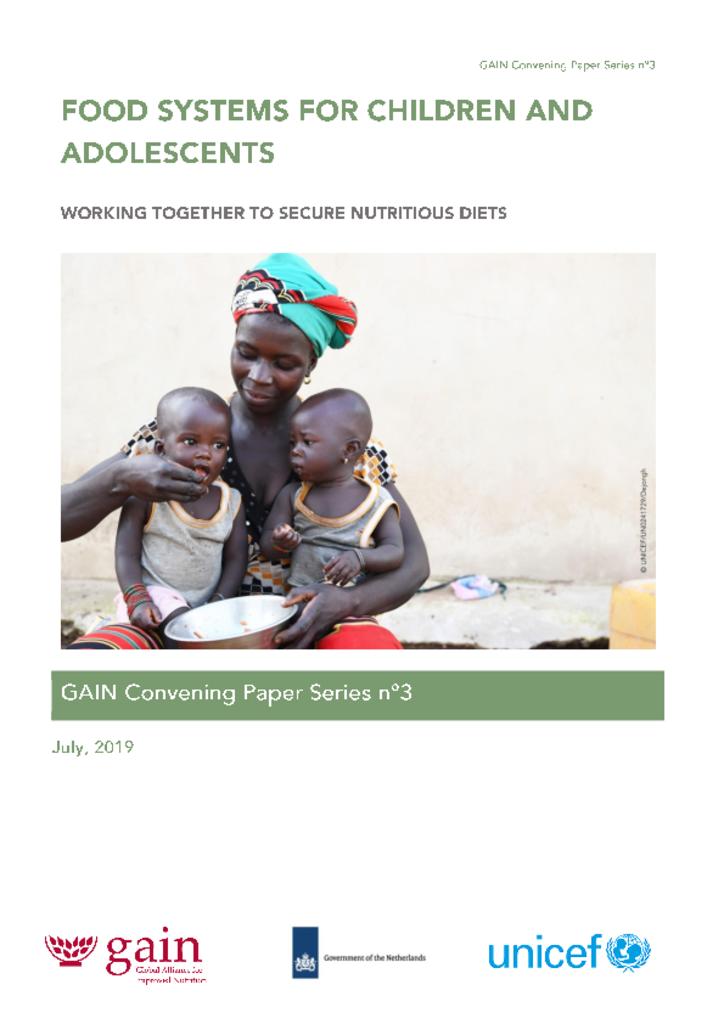Improving children and adolescents’ diets remains a major challenge in the 21st century. In many parts of the world, children and adolescents do not receive the diets they need – in quantity, frequency, and quality – to survive, grow, and develop to their full potential.
Children and adolescents’ physiological and psychosocial characteristics and their experiences with their interpersonal and socio-ecological environments change as they get older. With increasing independence, children and adolescents become principal actors in securing their diets.
Broader food system issues need to be addressed to improve the diets of children and adolescents. Food systems are essential to delivering nutritious, safe, affordable, and sustainable diets, but the nutritional needs of children and adolescents (both of present and future generations) are often not prioritized.
To better align food systems and the diets of children and adolescents, the Innocenti Framework on food systems for children and adolescents was developed. The framework comprises a set of drivers, plus four determinants (food supply chains, external food environments, personal food environments, and behaviours of caregivers, children and adolescents), which together influence the diets of children and adolescents.
A food systems approach helps decisionmakers align food systems actions with the goals of secure diets for children and adolescents in the long-term, in a way that minimizes negative trade-offs and externalities across the food system.
